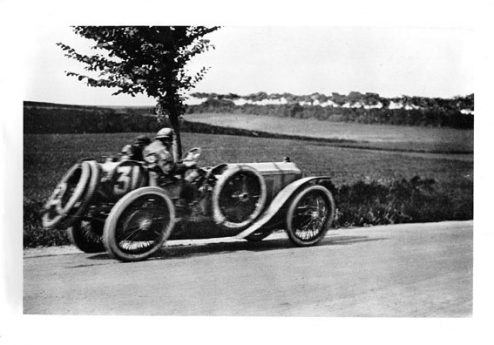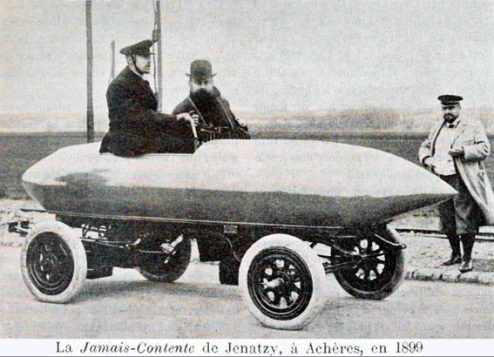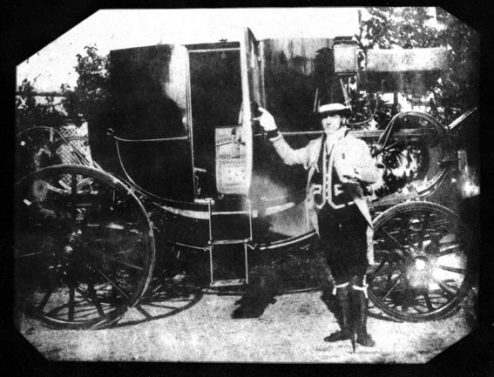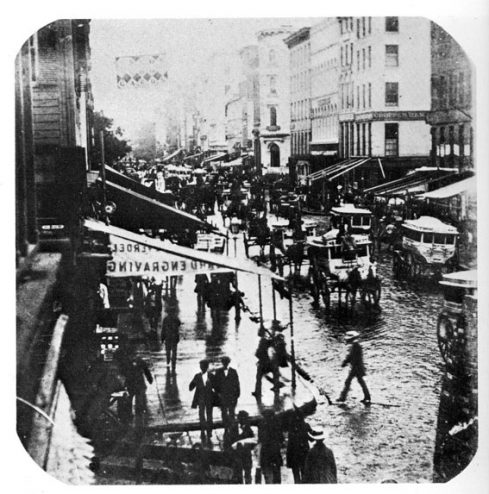Part One

By the time Karl Benz introduced his Motorwagen to the world in 1886 photography was already established as both an art and a science.
In fact Frenchman Joseph Nicephore-Niepce, the prolific polymath credited with the first process, to fix an enduring image ,Heliography, in 1827 had invented an early form of internal combustion engine way back in 1807 ,although he fitted it to a boat rather than a car.
So fast was the development of new technologies in the Victorian era that Benz’s quadracycle powered by an internal combustion engine did not evolve much and was quickly overtaken by steam and electric powered vehicles that proved not only faster and more efficient but also the most popular cars in those early days of motoring.

In 1899 Camille Jenatzy broke the important 100km/h or 62 mph land speed record in his electric car Le Jamais Contente (above)) and in 1906 Fred Marriot in a American Stanley Steamer set a new LSR on Daytona beach in Florida at 127mph.
But how to record all this high-speed derring-do.
Exposure times in the early days of the Daguerrotype were up to 30 mins and elaborate frames and braces were offered to hold the subject of a portrait still for the time the shutter was open.Henry Fox Talbot’s coachman had to stand still for 3 minutes for this very early 1841 Calotype (below), there was no shutter at all for the earliest cameras just the lens cap that was removed and then replaced. Exposure times were quickly reduced with further advances in lens technology and accelerators added to improve the light sensitivity of the plate that brought this down to under a minute.

But even the portable photographic equipment of the Victorian era was heavy and unwieldy with early models using glass plates that needed coating with wet collodian emulsion on site and developed immediately afterwards. Matthew Brady’s extraordinary images of the American Civil War, considered to be the first photo journalism, brought the horrors of conflict to the breakfast table but the images were, by necessity posed, portraits a bit stolid to the modern eye and battles scenes seemingly static with any movement blurred due to the long exposure times still required to capture the image. Movement had been captured accidentally as this stereoscope image (below)of Broadway by Edward Anthony in 1859 shows but it was not intentional.

The search for the technology that would allow an ‘instantaneous ‘ image was on.
For the full story go to : https://www.howtophotographcars.co.uk/2020/07/07/the-birth-of-automobile-action-photography/
